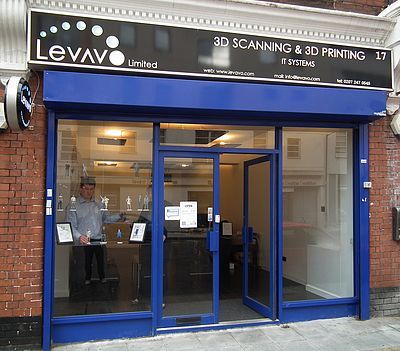
--------------------------------------------------------
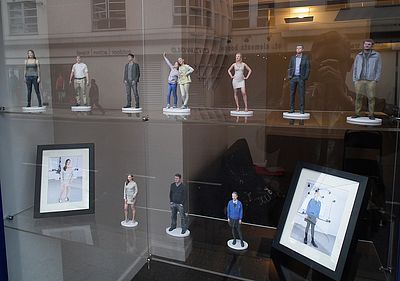
--------------------------------------------------------
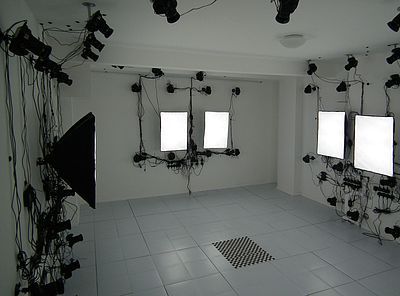
--------------------------------------------------------
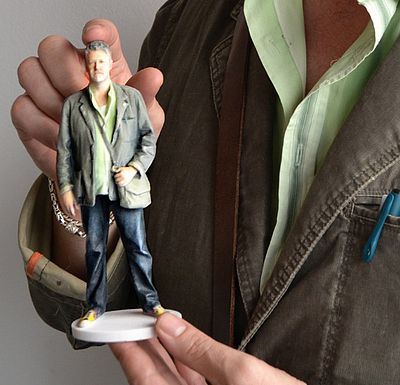
--------------------------------------------------------
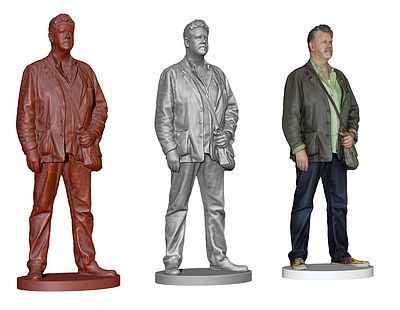
--------------------------------------------------------
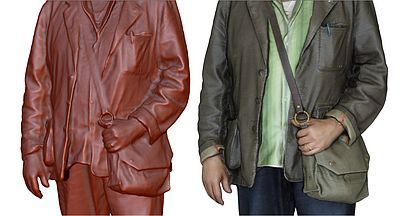
--------------------------------------------------------
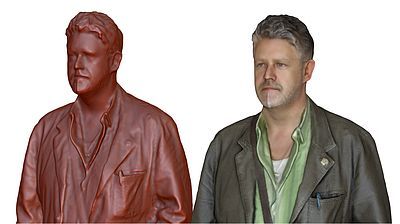
--------------------------------------------------------
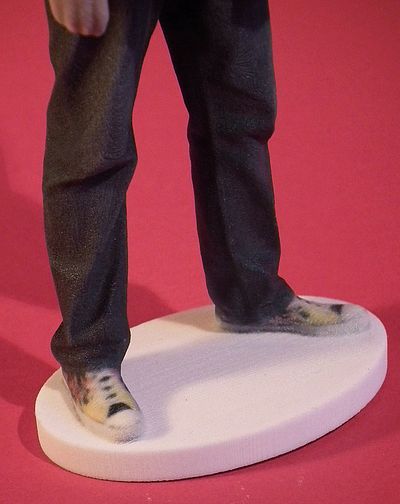
--------------------------------------------------------
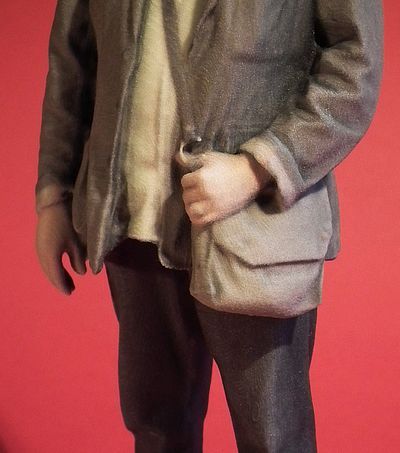
--------------------------------------------------------
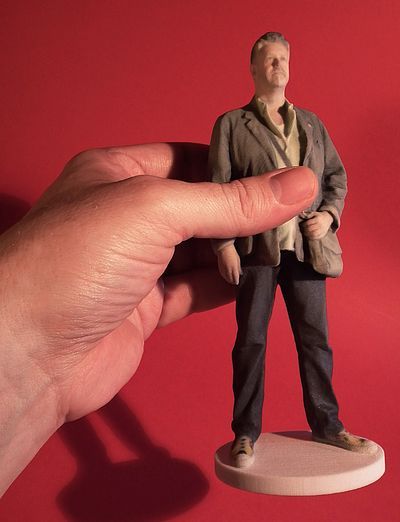
--------------------------------------------------------
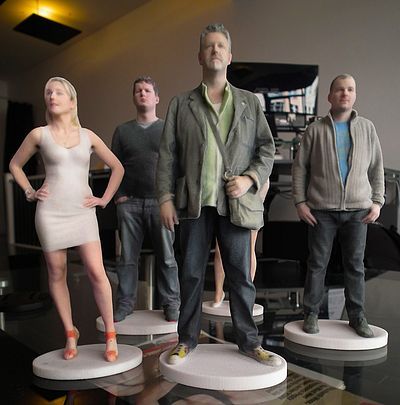
--------------------------------------------------------
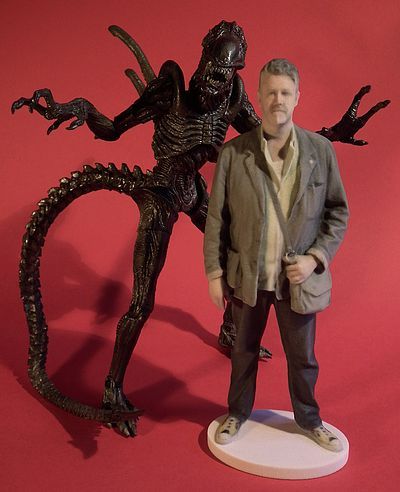
--------------------------------------------------------
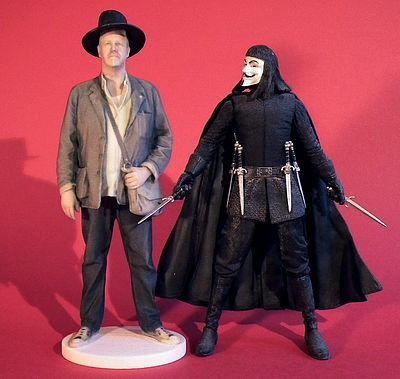
--------------------------------------------------------
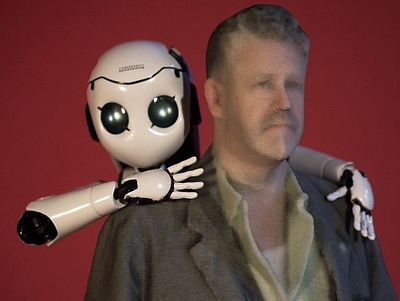
--------------------------------------------------------
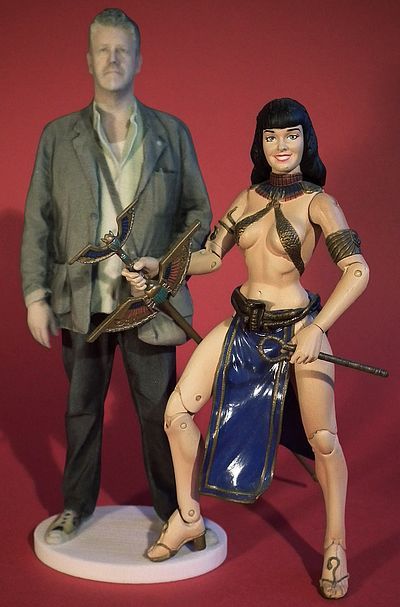
--------------------------------------------------------
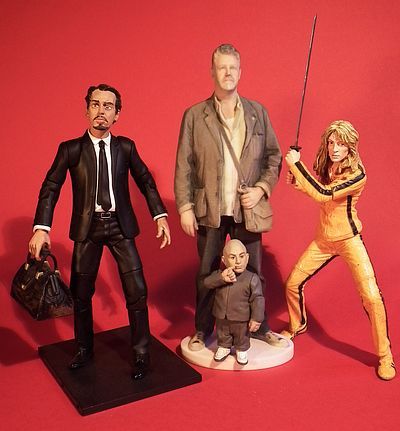
|
I was, however, told that the jump to 12”/30cm would make the cost jump
to about £330, which would be hard to swallow for many (except maybe
those of us who have gotten used to regularly spending a small fortune
on a rare collectible figure), and if you were to go even a couple of
centimeters bigger to 32cm that price would jump to around the £400
mark, such are the incremental increases!. Now if they could make the
figures articulated that price might be a whole lot more appealing, but
knowing how these babies are output, I would imagine that is a long way
off yet!
So, just what is the process that we have to go through
to see ourselves reduced down to action figure size? Well, it’s
actually very quick and luckily painless. You are shown into a room
that has a square marked out on the floor to stand on, there are two
light-boxes on each of the four walls (eight in total) and 64 SLR
cameras are arranged at carefully preset strategic positions around the
walls to capture your pose at every conceivable angle (after all, the
process they use is called photogrammetry). You simply take your place
on the marker, find a comfortable standing position (or Vogue your ass
off if you are feeling more ‘fabulous’ dahling), then just say when you
are ready, then ‘SNAP’ it’s all done.
As I emerged from the
room I was shown the myriad of images that had been captured to map the
surface of my3Dtwin. So, that is essentially my simple ‘in a nutshell’
idiots’ guide explanation of the image capturing process as I saw it.
However, it is obviously a lot more complex than that, and as Joss
Whedon would say, there was a lot of ‘sciency, science’ going on in the
background.
I asked Marcin if he could give me a quick rundown
on what was actually happening, and why it’s called photogrammetry, he
said, “Our custom-made 3D scanner is based on photogrammetry which
extracts properties of an object from photographic images. With high
quality digital cameras we are able not only to transfer precise
measurements and shapes, but a very life-like colours”.
So now
we know a little more about the image capturing and virtual rendering
process, now it’s the nitty-gritty of the full colour 3D output, which
gets even more complicated. Once your image is prepared and output
ready it is placed within a virtual 3D frame of space alongside a
number of other figures/models. This is to maximize the amount of
figures that can be printed out in one session (and the green
credentials of the process are pretty good too, but more on that
later). The printer then builds up the miniature hollow figure, a
fraction of a millimeter at a time. First the plastic/polymer is
output, followed by the colour directly after, meaning that the process
is, in effect, a dual output, rather than a full 3D model that is then
coloured later (I would imagine that is one of the companies USPs).
The
colour printing works essentially like a regular colour printer, but
using the classic CMYK palette it is able to accurately reproduce over
390,000 tones of colour, through a mixing and blending process (though
quite how they manage to quantify the exact number is beyond me). On my
visit I decided to wear my regular clothing rather than anything too
outlandish, but I had details like my ‘hot-rod’ designed Converse
hi-tops, my ‘gas mask’ shoulder bag (as used by an infamous
archaeologist), a pin badge on my lapel and jewelry on show. I was told
that the process sometimes struggled with spectacles and could be a
little hit and miss, so I had images captured both with and without
glasses.
So that was it, my image had been captured, all I had
to do now was wait for my figure to be ready for collection. I was told
this was usually about a week, but could be done much quicker if the
urgency of the job demanded it. I was, however, in no immediate rush,
after all I had a feature/review to write!
I mentioned earlier
about the green credentials of the process, which seemed pretty
impressive. Obviously energy is used at all stages to capture the image
and output it, but the levels used are minimal and the waste it
generates is virtually non-existent! The figure itself is made of a
plastic that in its raw state is a powder form, so any that is not used
is simply sucked back and used on the next model.
So, even
though this is not a regular ‘collectable’, and obviously each and
every person’s model is as unique to them as a fingerprint, I still
figured it was worth trying to break down the figure in the categories
that we usually evaluate a product. Packaging - N/A
At present the company doesn’t have an ‘official’ box for their
figures, but due to their potentially fragile nature, they are
generously swaddled in bubble wrap and come in a plain brown shipping
carton. Not exactly glamorous, but practical for such a delicate item! Sculpting - ***1/2
Well,
there is no actual sculpting per se, at least not in the traditional
sense by hand, everything you see here is generated digitally. This is
obviously an emerging technology, and like every new process it is
being tweaked and improved upon on a day-by-day basis, and whilst this
is far from 100% perfect, it is not far off. I was actually astounded
at the levels of detail that the process was able to capture and
output, and it freaked my wife and kids out even more. Though it has to
be said, they’re now demanding that they have their own versions done!
As
far as quality goes, this is a tough call, as let’s face it, what we
are looking at is a state-of-the-art reproduction of what can be
achieved using this process at this… or indeed any other scale.
However, as a collector of toys I can’t help but compare it to the
quality of other ‘regular’ action figures, and when one does this you
will notice a slight lack of definition in some of the finer details.
However, the way the process captures the natural folds and creases of
the clothing, and the way fabric hangs from the body, then this has the
traditional sculptors beat!
Paint - Clothing ***1/2 - Face ***
Although this category is covering paint, I should really rename it
‘colour application’, as the tones are all added digitally. They are
also applied simultaneously as the model is output, reproducing the
colours from the 64 photographs captured earlier with amazing
precision. The accuracy of the colours and indeed the tonal variances
of light and shadow are incredible, but as it is transferring them from
a hi-res digital image directly to the printer I guess that shouldn’t
be too much of a surprise. However,
this doesn’t quite manage a full score, which is down to the lack of
clarity/crispness on the finished ‘output’ figure. The reason being, it
has a slight soft focus feel to it. This is an aspect that will improve
as the company fine-tunes the process they use, and to be fair looks
more than adequate to the naked eye. However, when you scrutinize it
with a magnifying glass or blow it up using macro-photography it
becomes more of an issue!
The area it’s most noticeable is on
the fine detailing of the face around the eyes and mouth, and the area
it excels in is the general look and feel of the clothing. The process
has a slightly ‘fuzzy’ finish, not dissimilar to a light flocking,
meaning the fabric areas take on a spookily realistic look. I spoke
with Marcin Piosik, one of the co-founders of My3Dtwin and he informed
me that the quality of finish will obviously improve in time, and that
every visitor to the studio will have their virtual ‘model’ kept in
their archive for the foreseeable future (unless expressly asked to
destroy it), meaning that not only could you have another printed out
in the event of a breakage, but also you could have an upgrade to an
even better quality reproduction done in a year or two down the line
when the process has been further enhanced. I also enquired about
colour fastness and was shown the figures that have been in the studios
front window display, in direct sunlight for a couple of months, and
they looked to be as vibrant as the day they were first produced.
However, as a precaution I would advise keeping them out of direct
sunlight if you want to keep the colours rich!
So this category ends with a worthy high score, but there is still room for improvement!
Articulation - N/A
This is a solid, single piece output, though worth pointing out it’s
hollow. Maybe at some juncture in the future a little articulation
might be incorporated, but for now it’s not so much an ‘action figure’,
but more of a toy soldier! Outfit - N/A
All part of the sculpting and colouring process. However, as far as the
representation of the clothing goes this is pretty amazing! Fun Factor - ***
I guess this category is very much up to the individual, and it depends
on who you get done and why you decide to get a model made. If you want
to dress up in a favourite Cosplay outfit or generally goof about with
friends, then this is a great way of recording a moment of your life,
just for laughs! However, you may want to capture the 3D image of a
child, an elderly relative, record a graduation or a wedding to look
back on for years to come, all these things can obviously be done, and
the sentimental value of these objects could become immeasurable. You
can even have a pet transformed to a miniature 3D figure if that takes
your fancy.
However,
what you end up with is more of a keepsake for displaying rather than a
plaything, but the fact it is of yourself, or someone you know, makes
it quite the talking point!
Value - ***
When something is claimed to be a world first, how does one compare and
evaluate its price? Exactly! All I can do is give my thoughts on its
perceived value.
I
received the 20cm-sized figure, which would usually cost £132, so
if I was buying a similar scaled toy of an unarticulated figure, off
the shelf in my local Toys ‘R’ Us I would quite frankly be appalled if
it was that price. However, that is obviously not a fair comparison.
What you are paying for here is the unique, bespoke nature of the
service on offer. At present the price of outputting these figures is
costly, but when you factor in the time spent at the studio capturing
the image, creating the 3D virtual model and preparing it for output,
that manufacturing cost actually starts to seem more than reasonable.
And
let me tell you, the moment you open up your figure and see it for the
first time, the hairs on the back of your neck will stand up… it’s
spookily life-like! Kind of like looking at yourself in the third
person from a hovering helicopter… if that makes any sense! And it made
me realize, I’d love to have the rest of my family to stand alongside
it!
Overall - ***1/2
Much like some of the other categories above, this is a tough cookie to
judge because of the one-of-a-kind nature of the service on offer.
Luckily for them the two companies that came together to create
my3Dtwin, namely the 3D-printing firm Cadventure
and scanning company Levavo have an exceptional and unique proposition
on their hands, and one that has captured the zeitgeist judging by the
amount of press it has generated in such a short time.
I was
hugely impressed by the quality of the product that was placed in my
hands at the end of the experience, and I’m sure that as the company
grows that experience will become even slicker and the product even
more crisp, concise and life-like. The price is certainly not cheap,
but neither is it excessive, and as the technology becomes more widely
available and the manufacturing process quicker and more economical it
would be good to see the prices get even more competitive, making it
more of a realistic proposition for families to get multiple members
done, or even multiples of one person to gift to family and friends.
So,
my overall score is close to perfect, but when scrutinizing the figures
one can see that there is room for improvement in terms of the clarity,
definition and fine accuracy of the colour application, which does have
just a hint of soft focus! This is obviously accentuated in the
photography I carried out using a macro lens, but when you hold the
figure in your hands or view it displayed on a shelf, the life-like
appearance is astounding! Where to Buy -
Well, unless Levavo and Cadventure decide to franchise out their new
business, your only port of call for now is their London based,
Shoreditch studio (though they did inform me they have developed a
pop-up studio for rapid deployment in the future). You can contact them
on their website
to make an appointment. I can certainly recommend it, and hope that
they do manage to create pop-up studios in every major city on the
planet, it’s a no brainer as far as I’m concerned!
For anyone
wanting to contact the two parent companies about the more technical
aspects, you can call Levavo on +44 (0)207 247 0545 or Cadventure on
+44 (0)207 436 9004.
Think small!
Discussion:
Want to chat about this
review? Try out one of these terrific
forums where I'll be
discussing it!
Enjoyed this review? Be sure to head back to the main page to find
thousands more just like it!
KEEP
SCROLLING DOWN FOR MORE
PHOTOS!
|

